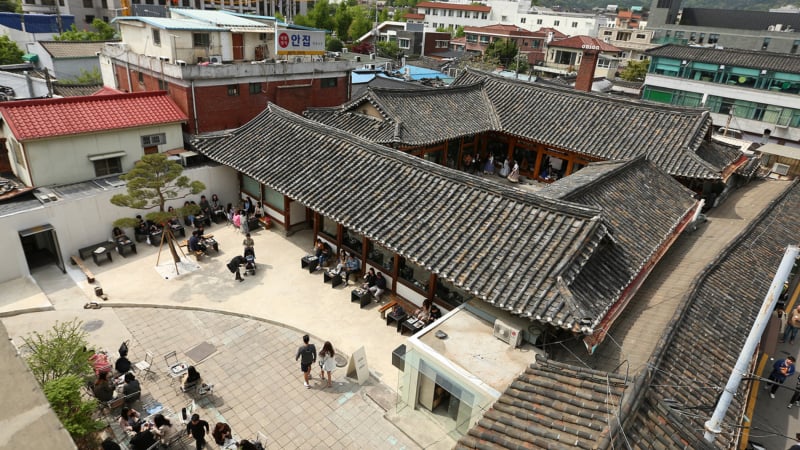A brilliant intersection of Eastern and Western cultures, a world-class metropolis with skyscrapers and a bustling pace of life. However, hidden among the prosperity, an ancient custom imbued with folk beliefs still exists strongly, attracting the attention of both locals and international tourists: the ritual of "beating the villain".
Not only is it a superstitious practice, it is also recognized as part of the intangible cultural heritage, preserved and passed down through many generations in Hong Kong.

People use sandals, shoes, clogs... to repeatedly hit the effigies symbolizing villains to ward off evil and pray for good luck in the new year.
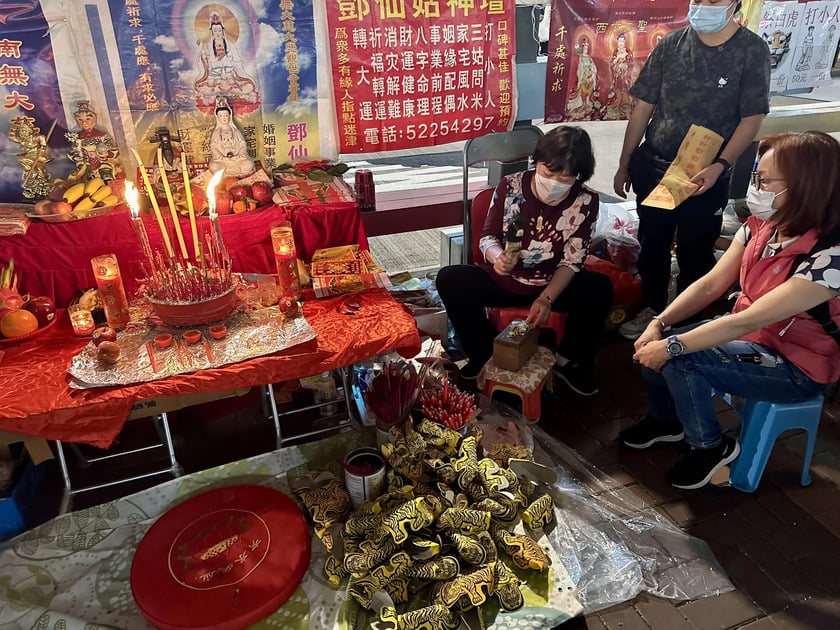
According to Chinese folk beliefs, especially during the Jingzhe Festival (around March 5 or 6 of the Gregorian calendar every year), "evil forces" such as villains and the White Tiger Star are said to become more active, bringing bad luck and trouble. Therefore, "fighting villains" becomes a necessary ritual to resolve these misfortunes.
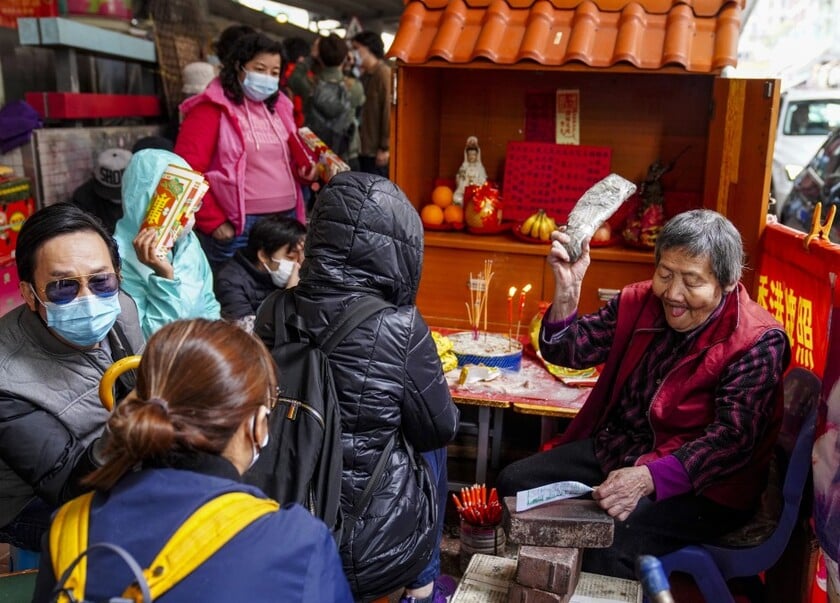
This is a ritual to ward off bad luck and trouble, performed by mediums.

The concept of "villains" here does not refer to a specific group of people but is understood more broadly, contrasting with "nobles" - people who bring luck and help. This reflects the familiar bipolar thinking in many Chinese folk beliefs such as yin - yang, good - evil, male - female, where everything has an opposite side.

During this ceremony, incense sticks and candles are lit to create a solemn and mysterious atmosphere. The "villain" is represented by a piece of paper, where the name of the person being targeted is written.
According to ancient custom, the "beating the villain" ritual is often performed in places that are believed to ward off evil spirits, typically at intersections or under bridges. In Hong Kong, the Nga Cang Bridge area located between Causeway Bay and Wan Chai has become a famous "holy land" for this unique ritual, attracting many people and curious tourists.

By hitting the paper with shoes, people believe that they can drive away bad luck and bring peace and luck to themselves.
To perform the ritual, the "trustee" will seek out the "masters" - usually professional old women also known as "little people". The process includes 8 main steps such as worshiping the gods, reporting, beating the little people, worshiping the White Tiger, resolving, praying for blessings, presenting treasures, and drawing lucky fortunes. Throughout the process, incense sticks and candles are lit, creating a solemn and mysterious space, attracting the curiosity of many witnesses.
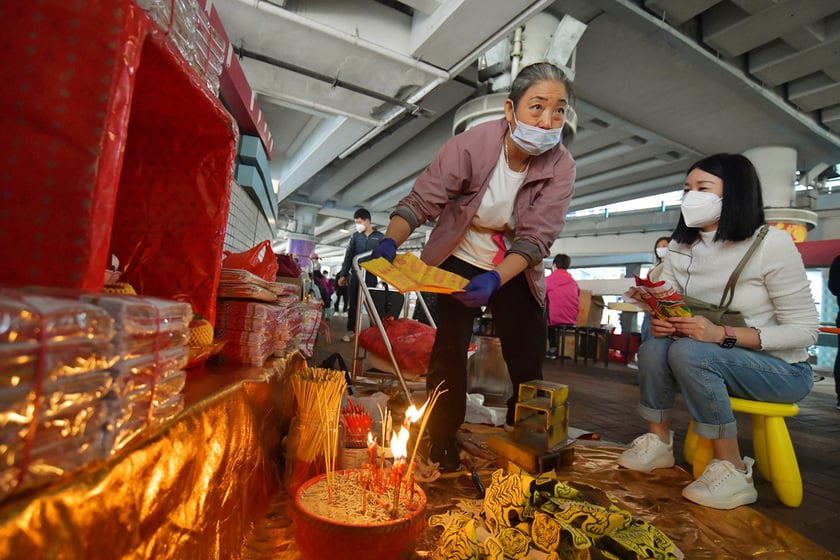
This practice consists of eight basic steps.
If in the past, the main purpose of "beating the villain" was to pray for good luck, blessings and to ward off bad luck, today, the meaning of this custom has significantly expanded. In modern Hong Kong society, with its fast pace and high work pressure, "beating the villain" has become an effective way to relieve psychological and emotional stress. Many people seek this ritual to relieve the worries, stress and sadness in life.
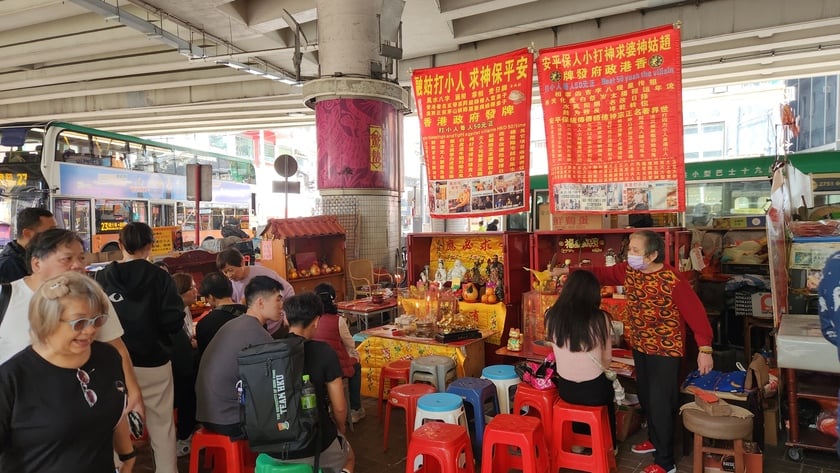
Despite the increasing development of modern life, this custom is still maintained and respected, not only by local people but also by people from all over the world who come to visit and learn.
Interestingly, for psychological relief purposes, Hong Kong people do not necessarily have to wait for Jiezhengzang. Whenever they feel stressed or need to dispel their worries, they can seek out the "little ladies" to perform this ritual.
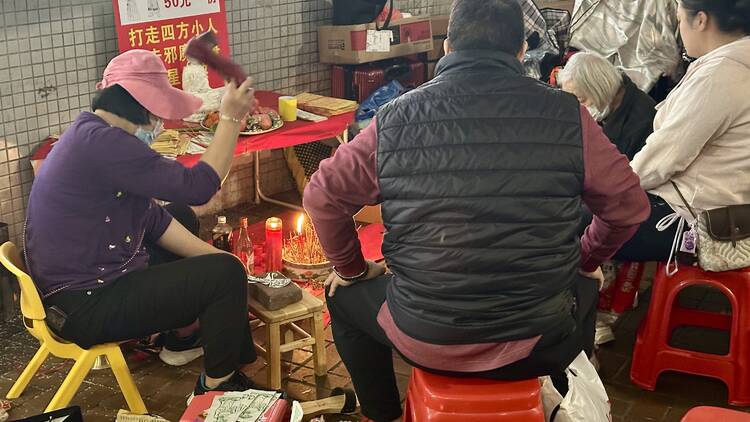
This is an experience not to be missed.
The existence and development of the "beating the villain" ritual in a modern city like Hong Kong is a clear demonstration of diverse cultural exchanges. Hong Kong society not only recognizes but also considers this an intangible cultural heritage that needs to be preserved and promoted. It not only reflects deep spiritual beliefs but also demonstrates the adaptability and transformation of traditional customs in the contemporary context.







